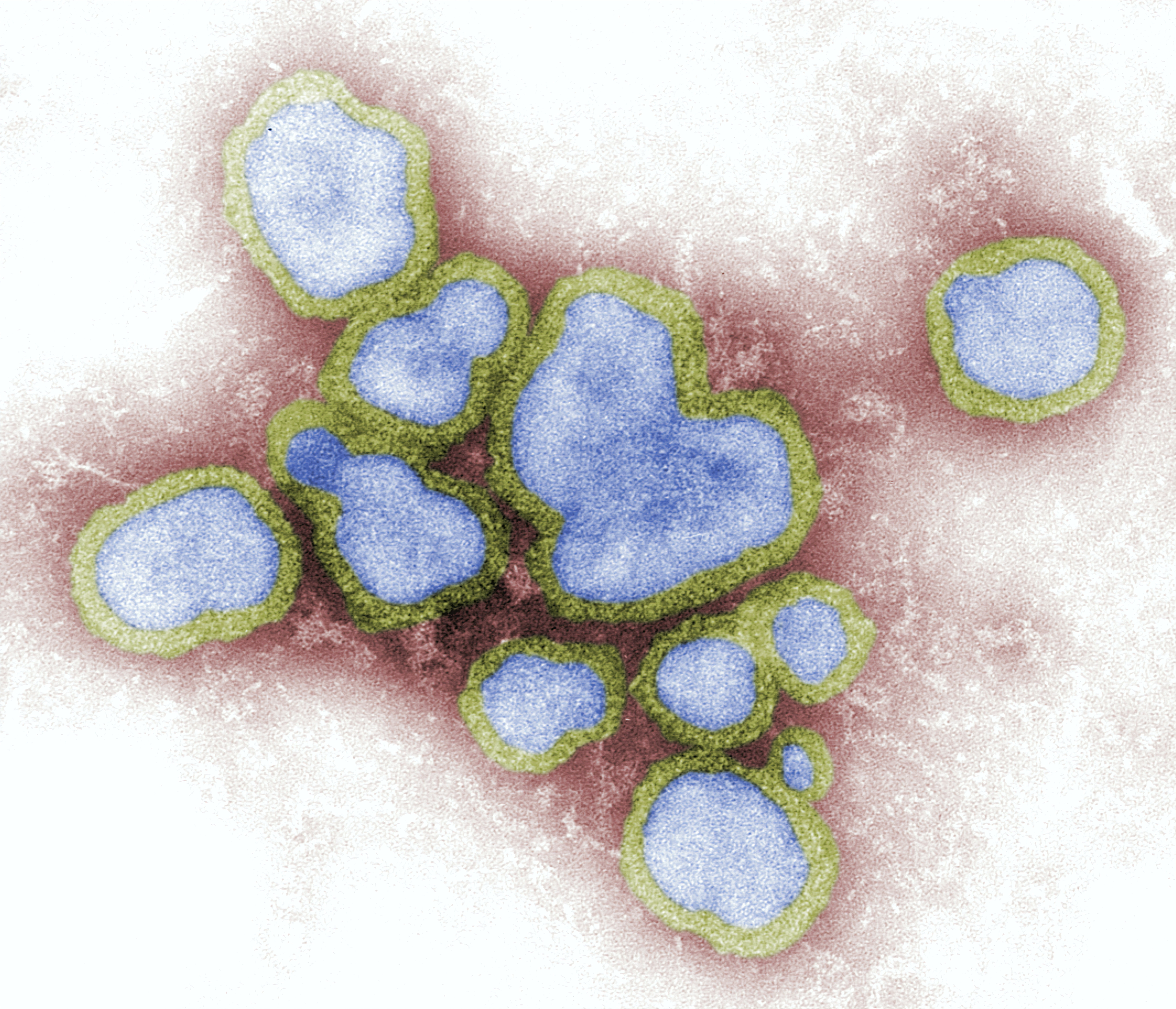Experimenting With Disaster, Part 3
By Mara Hvistendahl,
The Intercept
| 11. 01. 2022
High Containment: Lab That Created Risky Avian Flu Had “Unacceptable” Biosafety Protocols
Part 1; Part 2
IT STARTED WITH a bold idea. “Someone finally convinced me to do something really, really stupid,” virologist Ron Fouchier told Scientific American in 2011. Fouchier, of Erasmus Medical Center in Rotterdam, and another scientist, Yoshihiro Kawaoka of the University of Wisconsin–Madison, had separately tweaked the H5N1 virus — an influenza that primarily infects birds — in a way that made it spread more easily in ferrets. H5N1 is a prime pandemic candidate, and ferrets are often used as proxies for humans in flu experiments. When word got out that the two scientists were planning to publish papers detailing their experiments, making a blueprint available to the world, the outcry was extreme. The scientists were trying to better understand H5N1 in order to prevent a pandemic, but critics worried that their experiments could instead cause one — or provide would-be bioterrorists with an outbreak manufacturing guide.
The New York Times ran an editorial titled “An Engineered Doomsday.” The backlash was so severe that in 2012, Kawaoka, Fouchier, and other prominent flu scientists voluntarily agreed to pause the transmissibility work...
Related Articles
Riquet Mammoth Kakao (c.1920)
by Ludwig Hohlwein, Public Domain via Flickr
Colossal, the de-extinction company, scored headlines (1, 2, 3, 4, 5) recently by announcing that they had created mice! Not just any mice, not even colossal mice, but genetically engineered, normal-size “woolly mice” that are the result of editing seven genes in mouse embryos. This Colossal presented as an important step toward making a specimen of charismatic megafauna – a...
By Ben Johnson, Nature | 02.14.2025
A London-based biotech has amassed the world’s largest ethically sourced foundational biodiversity database for training artificial intelligence (AI) by setting up partnerships with 25 countries around the world. The startup, Basecamp Research, announced in January the launch of a new...
By Isaac Schultz, Gizmodo | 10.18.2024
Colossal Biosciences, a company mainly known for intending to genetically engineer proxies for several iconic extinct species, announced this week that it has made major steps towards the de-extinction of the thylacine, or Tasmanian tiger.
The thylacine was a carnivorous...
By Russ Burlingame, Comicbook | 07.23.2024
Colossal Laboratories and Biosciences, a biotech company that's putting together plans to orchestrate the de-extinction for animals like the dodo and the wooly mammoth, made some waves on Reddit recently when they petitioned the United Federation of Planets -- the...




